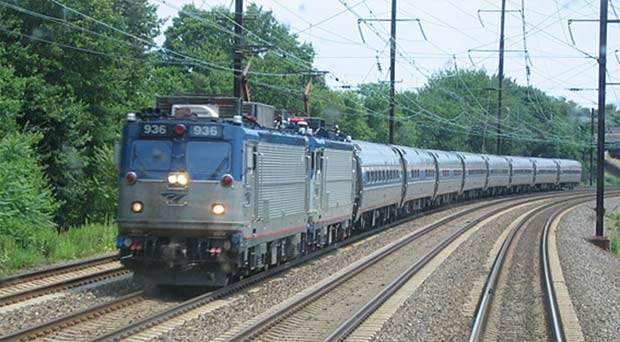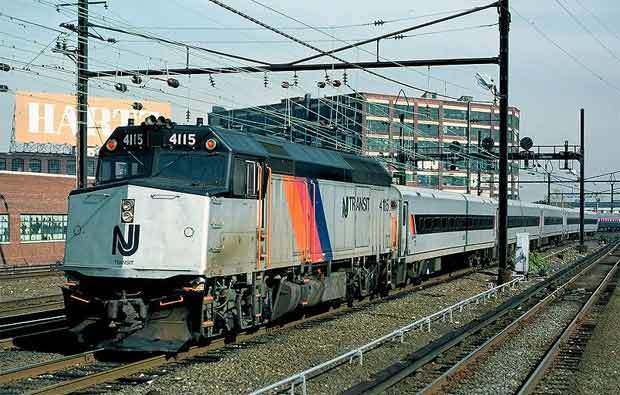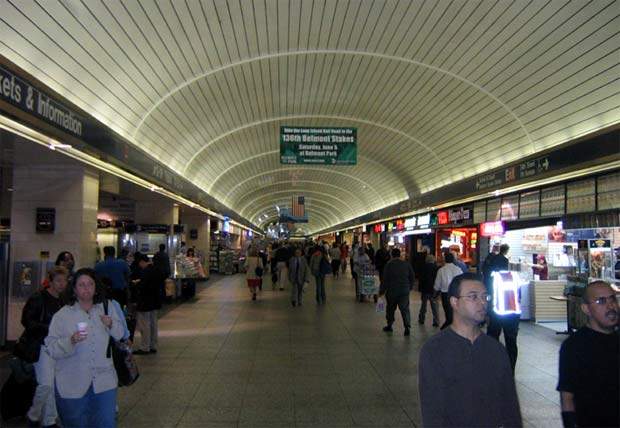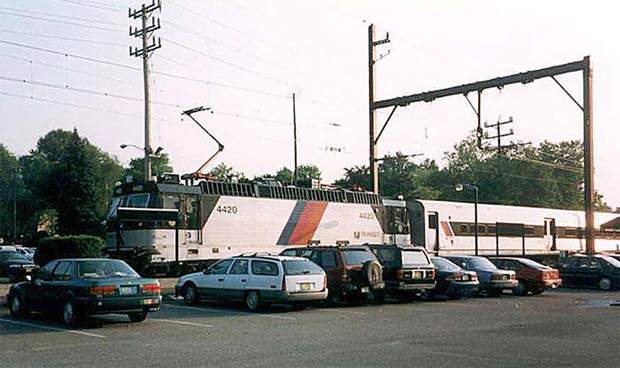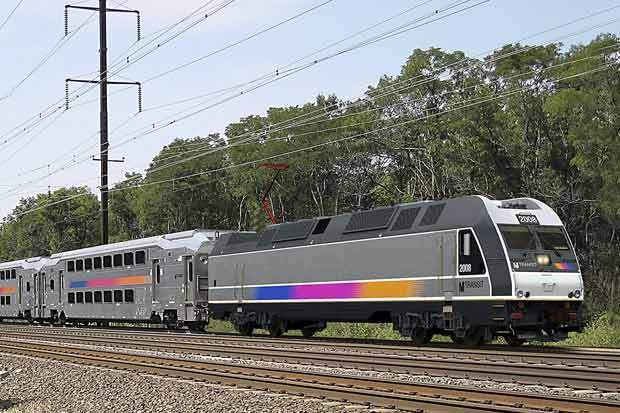The Hudson Rail Tunnels, also known as the Access to the Region’s Core (ARC) project, is a cancelled project that was designed to enhance capacity between New Jersey and Manhattan.
ARC broke ground in June 2010. The project was estimated to cost $8.7bn, and it was expected to more than double the number of trains reaching Manhattan during the morning rush hour. It was also expected to reduce journey time and pollution.
Construction was halted by the state of New Jersey in September 2010, as the project went over budget by $2.3bn. It was finally cancelled in October 2010.
Around $600m had already been invested in the project by the time of cancellation. Works that were in progress included a track subway in North Bergen, a tunnel section beneath the Palisades and expansion of Portal Bridge over the Hackensack River in New Jersey.
These elements will be integrated into a new project named Gateway Project which includes building of new tunnels to increase the commuter rail capacity. Estimated to cost $13.5bn, the Gateway project was proposed in February 2011 and is expected to be completed by 2020.
For almost a century, one two-track rail route has provided a connection for local and long-distance trains across the Hudson River, which lies between New York City and New Jersey. Having reached maximum capacity, it has become a major problem for the region which includes the nation’s prime financial centre. Completed in 1909, the now Amtrak-owned twin-bore North River Tunnels are used by both Amtrak and New Jersey Transit, carrying up to 45,000 passengers during each peak with a 2–3 minute headway.
The need for more capacity on the entire commuter rail system from west of the Hudson River and midtown Manhattan comes from a sharp rise in traffic: between 1994 and 2004, peak time trains increased from 88 to 186.
In spite of expanding capacity with higher capacity stock and more services, the ceiling imposed by present infrastructure seems to have been reached. A second tunnel to double capacity and end the all-or-nothing reliance on just the one tunnel beneath the Hudson was judged to be the best solution.
The project
The third-largest US public transport provider by passenger numbers, New Jersey Transit (NJ Transit) was at the centre of the Trans-Hudson Express (THE) tunnel project. NJ Transit is running out of station and tunnel capacity to reach New York Penn Station. This location has reached its peak capacity with 42,500 passengers passing through during the morning peak period.
Indicative of success but further squeezing capacity, in the 2007 financial year, NJ Transit reported a 6.1% increase in rail ridership across the network, reaching 78.5 million passenger trips. During the same period, employment in the centre of Manhattan grew from 2.7 million to three million, while in the wider area surrounding the Hudson employment is estimated to grow from 9.6 million to almost 11 million by 2025.
The first funding for a second tunnel under the Hudson River was announced in 2006.
The NJ Transit-led project received financial backing worth $2bn from the Port Authority of New York and New Jersey. The New Jersey Transportation Trust Fund had also committed $5m towards the initial engineering phases of THE.
A new interchange was also be built at 34th Street in Manhattan to relieve pressure on New York City’s Penn Station, which is failing to meet passenger expectations. Running from North Bergen, under Union City and Hoboken to reach 34th Street, the tunnel was expected to be about 15km (9.4 miles) long.
The project was expected to provide additional capacity on Amtrak’s Northeast corridor with connections to rail lines serving the counties of Rockland, Orange, Bergen and Passaic, providing greater journey continuity. Upon completion, the new tunnel was expected to meet the demands placed on NJ Transit for at least the next 20 years.
Rolling stock
NJ Transit operates 11 heavy rail commuter routes in the New Jersey, New York and Philadelphia region. To accommodate the second river crossing, an order for new rolling stock was expected during the preliminary engineering and public hearing stages.
In August 2008 Bombardier Transportation announced that a contract valued at around €178m ($262m) had been signed for 26 dual-supply locomotives to NJ Transit.
Bombardier is also a supplier of passenger coaching stock to NJ Transit. Double-deck stock was introduced on the Northeast Corridor in December 2006; deliveries continued until 2009.
The future
The Gateway Project is expected to increase the commuter rail capacity by 65% to 33 train services an hour. The new tunnels will be extended up to New York Penn Station. The project is expected to serve both intercity and high-speed trains.

